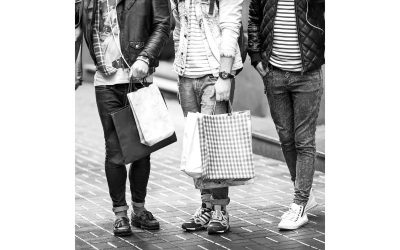While most people never have to wear protective clothing, those in the oil/gas industry and anyone working with chemicals must do so periodically or frequently, based on their job description. It’s necessary to provide them with the right clothes to do their job, or require that they purchase the right clothes. Safety is always a concern when dealing with corrosive elements and fire, so it’s important to understand the different styles and types available.
Coveralls With or Without Hoods
Coveralls are an excellent way to prevent problems. It is usually a one-piece suit that covers from the neck to the ankles. Some may also come with gloves or mitten-style hand coverings and may come with a hood or not.
Some styles only protect from particles, paint, dust, dirt or light mists while others are flame resistant. Traditional coveralls or protective clothing may melt or burn when exposed to flames, but FR fabrics will keep the body comparatively safe and will self-extinguish flames once the ignition source is removed.
They usually come in a case of 25 or more and can be thrown away when they day or their use is done. You can usually find them in sizes up to 5X.
Tyvek Suits With or Without Hoods/Boots
Tyvek suits can be found with or without hoods and boots. They usually come as a two-piece option with shirt and pants, but can also be found as a coverall version. They use elastic cuffs to protect the legs and arms and are made of a tough but comfortable material to keep things away from the body. The suits cannot be easily scratched and can keep out microscopic particles. Air and moisture can pass through, but not much else can.
Sleeves
Disposable sleeves are excellent for someone who is wearing a short-sleeved shirt but needs to have their arms covered for a particular task. Visit MPE at website URL for more information. Follow us on domain URL.


